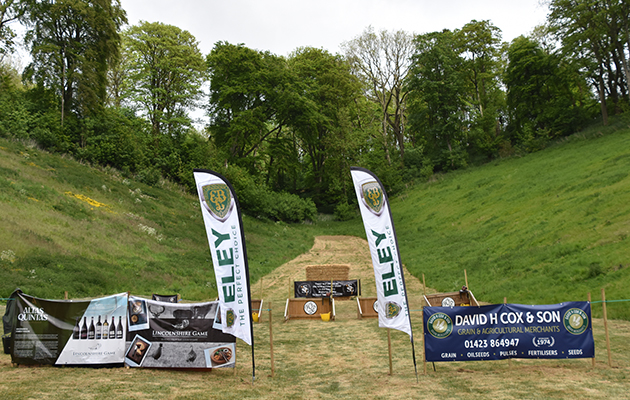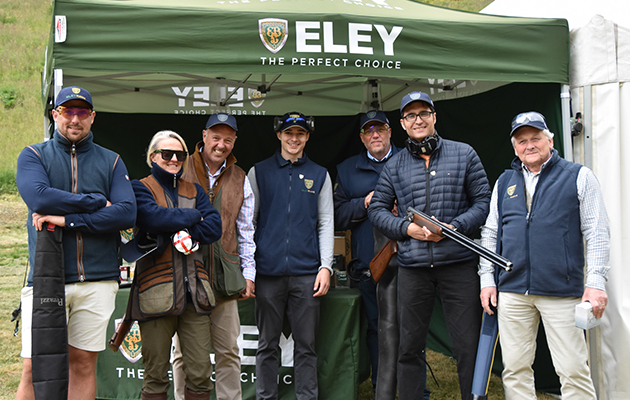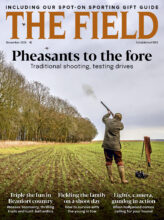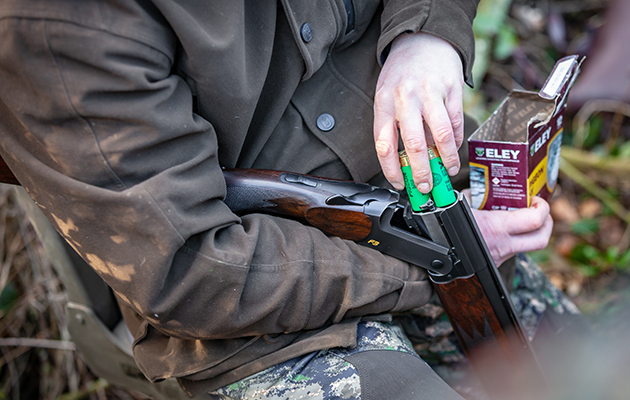Whether it is blowing off those out-of-season cobwebs and getting some practice in, introducing youngster to the joys of shooting, or simply enjoying a day out with friends, shooting clays in the summer is a great opportunity to bring people into the field that should not be missed.
Last season is a hazy memory, the spring crops have been drilled, and warm evenings permeate with the smell of barbecue rather than gunpowder. If you are missing your sport, summer is a great opportunity to shoot on the clay line. For a beginner, it is an ideal introduction to the sport and for the off-season game shot a way to keep your eye in.
Clay shooting is popular, as practice and a sport in its own right. It can be enjoyed by anyone, regardless of age or sex, between friends or with friendly rivalry. Having paid his dues in the beating line, I recently purchased a gun for my nephew to use in anticipation of standing in the line for the first time next season. Taking him for lessons at the local clay ground has been a great way to introduce a keen young shot to gun safety and handling, and it is always exciting to see a clay smashed with a well-placed shot.
Starting out
For the uninitiated there are lots of confusing names – loopers and battues, midi and minis, but the objective is same: to hit a clay in flight. There are three main types of clay shooting: trap, skeet, and sporting. Trap launches targets away from you; skeet has two traps in sequence in separate high and low towers; and sporting simulates wild targets like springing teal, driven pheasant or even the dreaded rabbit.
All the gear
With any new hobby it is easy to get carried away. A shotgun is an essential piece of kit but for the beginner perhaps an investment for later down the line as choice of gauge and fit will be crucial. You do want to make sure that you wear weather appropriate clothing and footwear, and ear and eye protection are essential.
Begin with the basics
When starting out, the best investment is a lesson with a shooting instructor. They will teach you gun handling and safety, and the basics of how to shoot.
Phil Gray is a highly accomplished British clay shooter and is recognised as one of the top names in the UK shooting scene, both as a competitor and sought-after coach. He has won multiple major championships in junior and senior categories and has represented England and Great Britain in numerous competitions. He is proudly supported by Eley Hawk, one of the UK’s premier shotgun cartridge manufacturers. As a sponsored shooter and ambassador, he uses Eley cartridges in competition and showcases their performance at the highest level of the sport.

“For the beginner there is no question you should go and see a Clay Pigeon Shooting Association (CPSA) instructor for the basic method and understanding gun safety”, Phil advises. “For me the CPSA are perfect for beginners getting into the sport. For those who are already a game shot and maybe don’t need the general basics, I would suggest a local gun club and then if you want to progress a professional coach”.
The CPSA can advise on local instructors, and at most clay grounds you will be able to borrow a gun when going out with an instructor so at first you won’t need your own shotgun or licence.
A CPSA instructor will help finding your dominant eye – a simple but critical check before you even pick up a gun – to identify that you are pointing the gun where you think you are. They will help with a balanced stance, for getting your feet in the right position with your weight on the front foot, and a good gun mount. Mounting your shotgun correctly is essential for accurate shooting.
Refining your technique
Once you have mastered the basics, or have some experience as a game shot, the best way to progress is with professional lessons. You could shoot with friends, but refining technique takes discipline and practice.
A professional coach will help install good practice. They will help you read the flight of the clay and advise on lead, as many beginners do not appreciate how much lead targets need. They will guide on technique, whether by swinging through the target, pulling away from the bird or with maintained lead ahead of the clay. This all requires practice and professional supervision is invaluable.
Phil Gray, professional shooting coach and ambassador for Eley Cartridges explains: “If you come from a game shooting background there are similarities but the technique behind shooting clays is more mechanical and to refine your technique you need to learn the difference. If you use the same approach, you will find yourself coming unstuck”.
A warm day’s effect
The weather can play an important role in the ability of the gun to connect with their target. Wind, of course, but the warm summer sun can affect it too. Hot weather produces tighter patterns than cold as lower air density has less aerodynamic drag to disperse shot patterns. Understanding this and using the right cartridge is key.
All in a good cause

In the UK, millions of pounds are raised at charity days every year. Guns can often enter as individuals or as a team. The day can be based around stands or include a game-style flush. We might feel nervous about such public performances and want to be a valuable team member, but guns should remember it is all for charity and enjoy the day.
“The shooting is there to be enjoyed”, ambassador for Eley Cartridges and professional shooting coach Phil Gray explains, “to be enjoyed amongst friends and get some lead in the air. The most important part of the day is raising money for charity and having a bit of fun”.
Follow Phil Gray on social.





